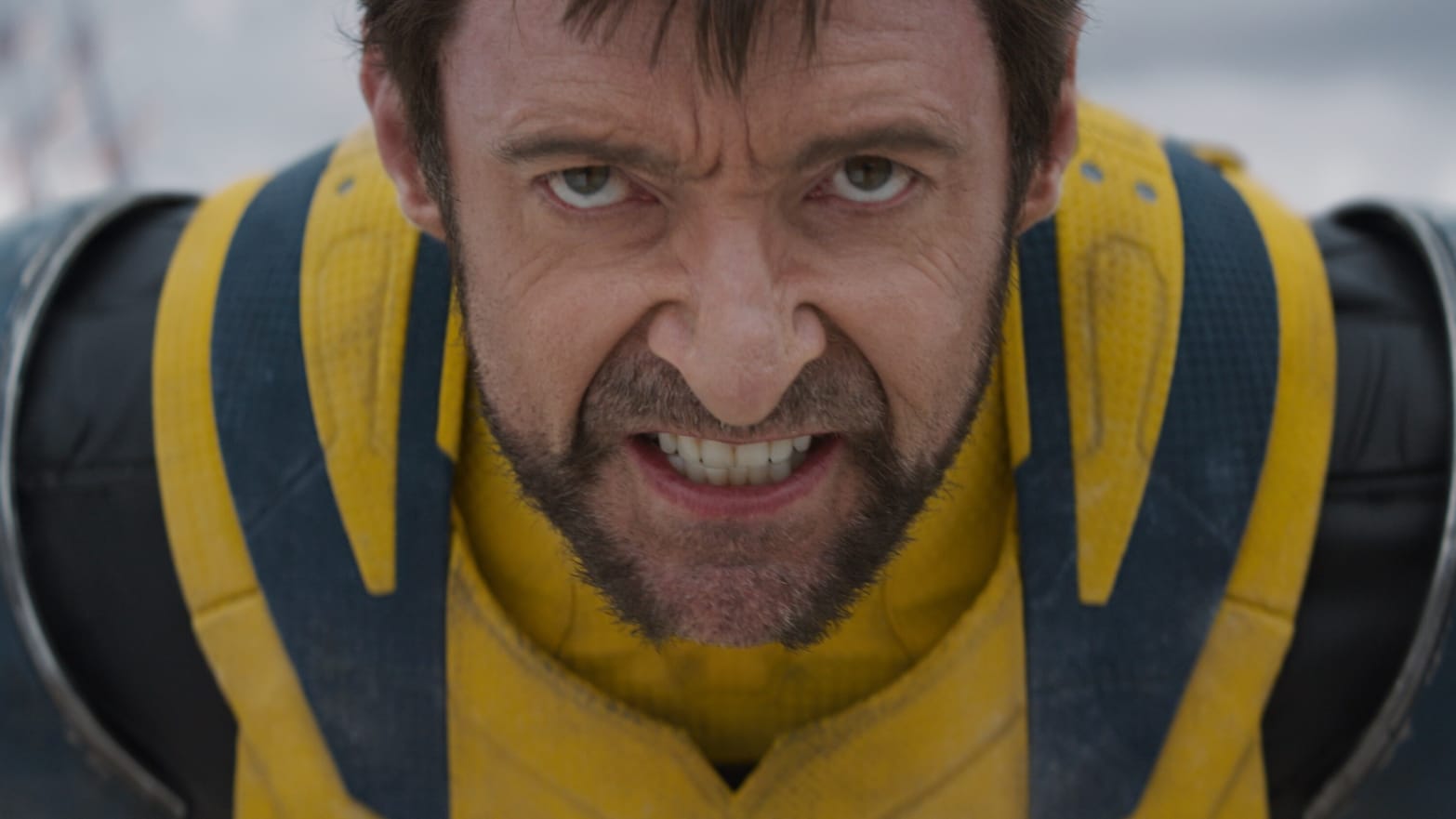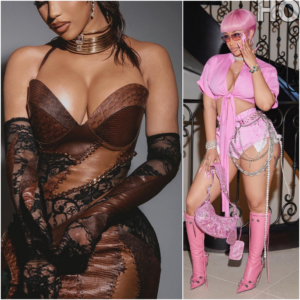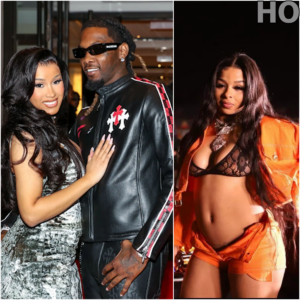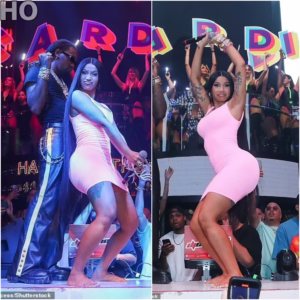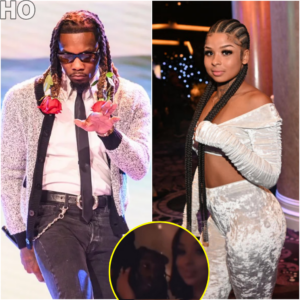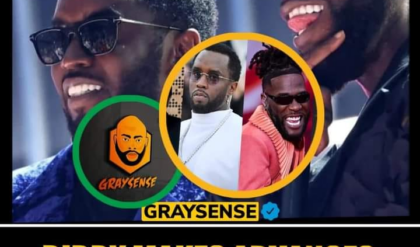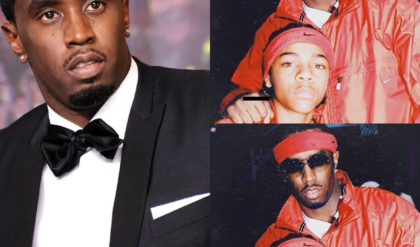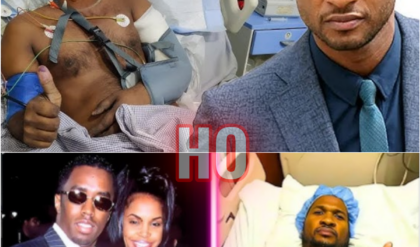For all of the movie’s raunchy jokes and huge action scenes, it’s an emotional exchange that’s actually the highlight.
Deadpool & Wolverine opens with the titular mercenary (Ryan Reynolds) desecrating a burial site and digging up a skeleton, a precise encapsulation of how multiverse movies have repeatedly exhumed the past in the hopes of graverobbing its emotion for the present.
These films are a paradox: multiple copies of the same character mean that nothing dead ever stays dead, undercutting any emotional stakes; and yet an endless parade of cameos enables them to induce a swell of nostalgia-infused sentiment at will. It doesn’t matter how bleak the future appears in these movies, or what world-ending threats their villains envision. All that matters is how neatly the past can be commodified.
Deadpool is unsuccessful in reviving Wolverine (Hugh Jackman), whose bones are all that remain, but the spirit of the mutant’s 2017 film Logan still haunts the rest of the film.
James Mangold’s melancholic Western was a high point of the superhero genre, populated by characters who found themselves at their lowest. It got under the regenerative skin of its protagonist to find a body so reinforced with adamantium, it had hardened against feeling anything at all, then reminded him he could still experience love and loss. Most importantly, it delivered a cathartic sense of finality, a reminder of how open-hearted these movies were before they closed themselves off to the possibility of any emotion but mawkish nostalgia.
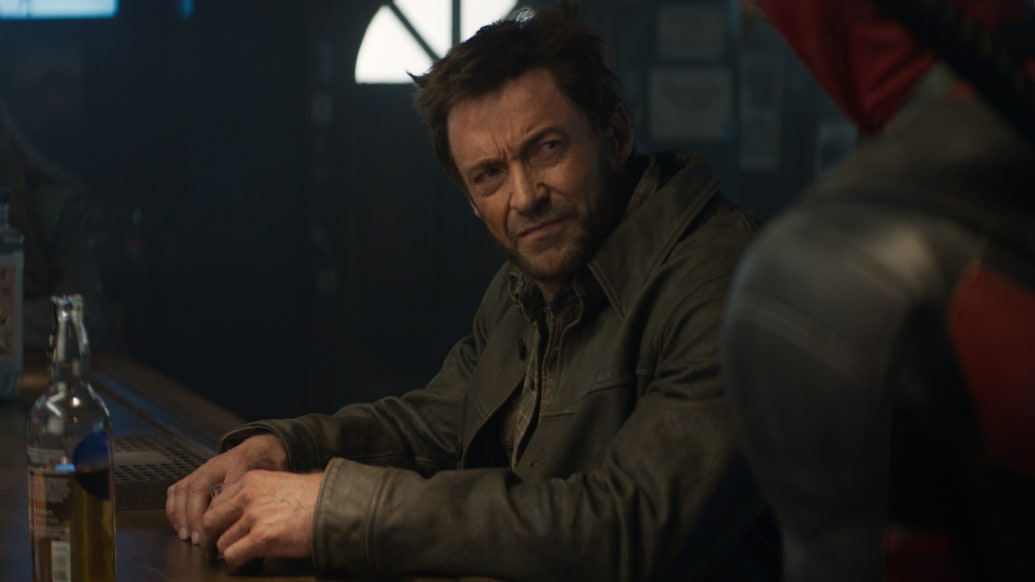
Hugh Jackman
Disney
By contrast, Deadpool & Wolverine’s first stab at emotional heft is a fakeout, sandwiched in between a description of “smashturbating” (don’t ask) and fourth wall-breaking snark. “I want to matter, and to show my girl that I matter,” Deadpool tells Happy Hogan (Jon Favreau) early in the film, explaining why he wants to be considered for an Avengers spot. The score swells on cue, but Reynolds can’t quite keep the insincere bent out of his voice before cutting short his speech and acknowledging he’d rather save the “good stuff” for a potential Tony Stark (Robert Downey Jr.) cameo instead.
Emotion is instantly rendered cheap, disposable, to be weaponized as a means towards an end. For more genuine sentiment, the film eventually looks not within itself, but over its shoulder at the past, resorting to just rolling a clip of Logan’s climactic death scene. As Wolverine’s last words trail off, the monumental gravitas of the scene transcends the tiny TV screen on which it’s played, and even Deadpool immediately following up the moment with a joke can’t puncture the lingering sadness.
The emotion carries through the film’s most moving scene, in which a Wolverine from another universe shares a conversation with his Logan counterpart’s daughter, Laura (Dafne Keen). If Logan’s Wolverine was a self-sacrificial hero, his variant is a self-loathing failure. But then Laura points out all they have in common: anger, drunkenness, meanness…and a penchant for showing up when it matters. They were both the same, until one chose different. Logan, however, rejects her request for help.
When he tells her she’s got the wrong guy as she’s walking away, she doesn’t stop to make a dramatic speech or persuade him otherwise with an earnest appeal to their shared trauma. “You were always the wrong guy,” she responds, simply; the “until you weren’t” implied. The moment is so emotional precisely because it doesn’t attempt to underline its emotion, trusting the lingering memory of Logan to fill in the gaps instead. That film’s Wolverine kept running until he found something worth staying and fighting for. He never got to watch his daughter grow up, but she’s here because of him. His sacrifice need not be a yardstick by which Deadpool & Wolverine’s Logan measures his own inadequacy, but a roadmap for how to set things right.
The scene also gives Logan’s classic yellow suit, so far only a cute bit of fanservice, an emotional weight. The superhero tells Laura that despite his X-Men counterparts repeatedly asking him to wear it, he never did, not wanting to admit how much he’d wanted to be part of their team.
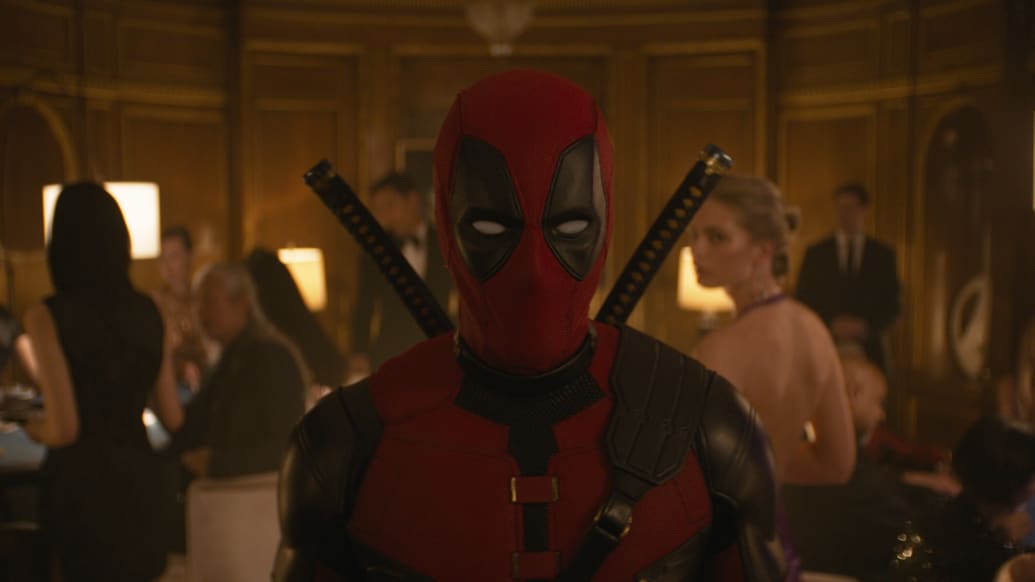
Ryan Reynolds
Disney
It’s a rare moment of vulnerability, backed by the straightforward sincerity of Jackman’s performance in a film full of actors hamming it up. It’s also a setup that pays off well during his battle with Cassandra Nova (Emma Corrin), in which Logan, now part of another team, comes to see the suit as a reminder of who he was, and who his former teammates would have wanted him to be. Like the movie itself, Wolverine wears the past like a second skin. But unlike the movie, he’s able to grapple with it thoughtfully, to redefine what it means to him, and to move on.
Deadpool and Wolverine have both died in the previous installments of their respective franchises, and yet been resurrected for this film. They even die in this film and are promptly revived by the end. And though ostensibly intended as a farewell to 20th Century Fox, following Disney’s acquisition of the studio—its logo appears in an in-universe purgatory—most of the characters from those movies appearing in cameo roles here aren’t definitively killed off in battle, which suggests they might show up in future MCU or Avenger projects.
With moments of honest emotion so few and far between, it looks like Marvel, unable to meaningfully lay its multiverse shenanigans to rest, will settle for entombing its audience in nostalgia instead.
News
Cardi B surprised her 170 million followers with her bold action during a livestream, showing off her breasts to celebrate the release of her new music video! – S
While livestreaming on her personal page with nearly 170 million followers, female singer and rapper Cardi B suddenly opened her shirt to show off her bust because she was excited about the release of her new MV. At a livestream on…
Chrisean Rock Finally “Breaks Silence” On Cardi B’s Cheating Claims With Offset – S
In this jaw-dropping update, Chrisean Rock spills the tea on the recent scandal involving her and Cardi B’s ex, Offset. Things are about to heat up as she addresses Blueface’s cheating allegations, leaving fans on the edge of their…
Cardi B and Offset turned up the sexy heat as they enjoyed his “Set It Off” album release party in Miami. – S
Cardi B and Offset create a sexy vibe as they party the night away at his Set It Off album release party in Miami Cardi B and Offset created a sexy tone as they partied the night away in Miami Friday. The couple…
Irrefutable video evidence has been discovered of Offset having a relationship with Chrisean Rock, as the two are seen kissing each other in public: The truth is shocking! – S
After confirming her breakup from Offset during an Instagram Live on Sunday amid rumors he cheated on her with Chrisean Rock (which he has denied), the WAP star returned to the ‘gram on Friday with a heartbreaking, rage-induced rant! In the stream, which was captured and reposted by various outlets,…
Cardi B just shocked the world when she revealed on live TV that “Blue Ivy is p.r.e.g.n.a.n.t!” and didn’t forget to send a surprise congratulation. What’s going on? – S
In a shocking twist that has the internet buzzing, Cardi B set social media on fire after claiming that Blue Ivy, the daughter of Beyoncé and Jay-Z, is pregnant! The unexpected announcement came during a live TV interview when Cardi…
Cardi B Dragged Into Nicki Minaj and Megan Thee Stallion Beef As Social Media Reacts To “Hiss” – S
The Ongoing Feud: Cardi B, Megan Thee Stallion, and Nicki Minaj The hip-hop landscape is buzzing with tension as the feud between Megan Thee Stallion and Nicki Minaj intensifies. In the center of this storm is Cardi B, a fierce…
End of content
No more pages to load
